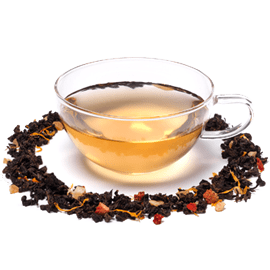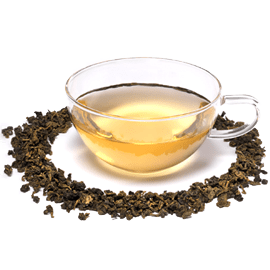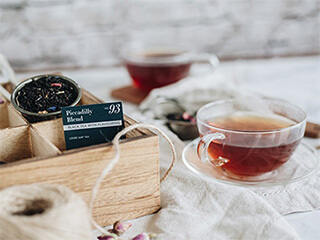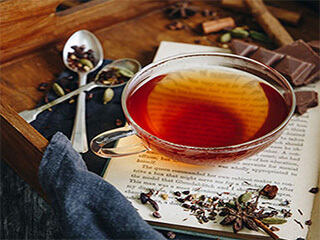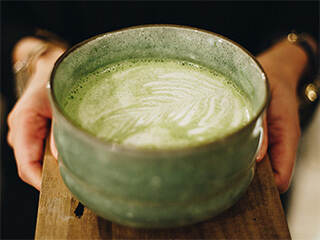A Guide to Oolong Tea
Sitting somewhere between black and green tea, oolong tea mightn’t be as far-famed as its fellow Camellia sinensis cousins, but it sure packs a punch in terms of variety and flavour. Not that well acquainted? Never fear, we’ve got everything you need to know right here…

Did you know?
The literal translation of oolong is “black dragon”. Some say this is because of the way the leaf “dances” in water like a dragon. Others believe it’s named after the black snakes sometimes found wrapped around the branches of tea trees.
What Is Oolong Tea?
Oolong is a partially oxidised tea, produced predominantly in China’s Fujian and Guangdong provinces and Taiwan. It falls between green and black tea and can be closer in appearance and characteristics to either, depending on the degree of oxidation during production. Green oolongs experience 30–50% oxidation and dark oolongs, 60–70%.
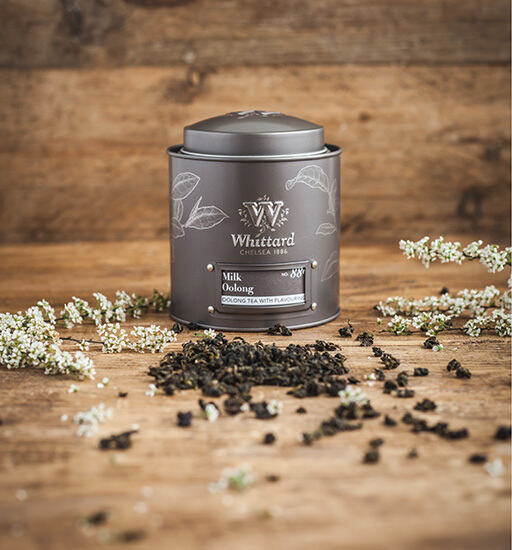
How Is Oolong Tea Made?
Both green and dark oolongs are created from the leaves of the Camellia sinensis plant. Green oolongs tend to be plucked at high altitudes from April through to autumn, whereas more mature leaves are chosen for dark oolongs, with harvesting taking place from late spring.
Production is a complex process involving several steps, from withering to firing – but perhaps the most unique stage of all is the laborious hand rolling, which is what gives green oolongs their distinctive bead shape, and dark oolongs their long, curled shape.
Oolong Tea and Caffeine
Oolong and green tea contain around 31mg of caffeine per 100ml, which is a little less than black tea and a little more than white and yellow tea. (It’s a good idea to bear in mind that this figure can vary depending on the specific batch of tea you drink, and the time, temperature and strength of your brew.)
How Do You Brew Oolong Tea?
Add one teaspoon (2g) of loose leaf tea per cup and use freshly drawn and boiled water, left for a minute or two to cool to around 90°C. Brew for 3 minutes. We wouldn’t recommend adding milk to oolong as it can spoil the complex delicate flavours of the tea. And the best bit? Oolong can be steeped 2–4 times, with each brew highlighting its many different flavours.


